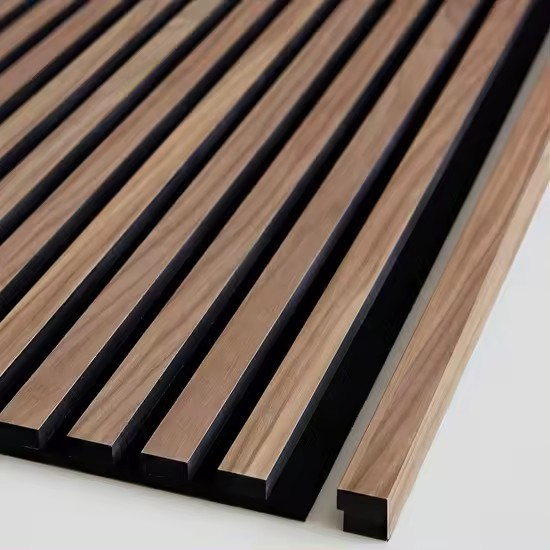The Aesthetic Appeal of Sound Proof Wall Art
In today's fast-paced world, the significance of creating a peaceful environment cannot be overstated. Noise pollution is a growing concern, especially in urban areas where constant sounds from traffic, construction, and everyday activities can become overwhelming. This is where the concept of soundproofing enters the conversation—not just as a pragmatic solution but also as an opportunity for artistic expression through soundproof wall art.
Soundproof wall art marries functionality with creativity, turning acoustic treatment into a visually appealing aspect of interior design. Traditionally, soundproofing materials are often seen as bulky, unattractive foam panels or heavy curtains. However, the modern approach has evolved to incorporate art, allowing individuals to enhance their space while addressing noise issues simultaneously.
The Dual Purpose of Soundproof Wall Art
The primary purpose of soundproof wall art is to absorb and reduce unwanted acoustic reflections, leading to a quieter and more comfortable living or working environment. Acoustically treated spaces can significantly improve audio clarity, making them ideal for music studios, home theaters, or offices where concentration is key. By integrating art into these soundproofing elements, homeowners and businesses can achieve effective noise reduction without sacrificing aesthetic appeal.
Various designs are available that cater to different tastes. From abstract designs that invoke a sense of calm to vibrant and colorful pieces that energize a room, soundproof wall art can be customized to complement any décor. Moreover, artists are now collaborating with acoustic engineers to create pieces that not only look good but also perform well acoustically.
Selecting the Right Soundproof Wall Art
When considering soundproof wall art, it's important to balance aesthetics with practicality. Here are a few key factors to guide your selection
sound proof wall art

1. Material Look for materials specifically designed for sound absorption, such as fabric-wrapped acoustic panels or specialized acoustic art boards. These options effectively reduce noise while providing a beautiful surface for display.
2. Design Choose designs that resonate with your personal style and the tone of the space. Whether it’s a calming landscape, an abstract composition, or even a personalized mural, the artwork should contribute to the overall ambiance of the room.
3. Placement The effectiveness of soundproof wall art depends on strategic placement. Positioning art near sound-reflective surfaces or in areas where noise tends to accumulate can enhance acoustic performance.
4. Size and Scale Consider the proportions of your space when selecting pieces. Large wall art can create a stunning focal point, while smaller pieces can be arranged in clusters for an eclectic look.
The Benefits of Embracing Soundproof Wall Art
Incorporating soundproof wall art into your environment goes beyond just noise reduction—it can enhance the overall quality of life. A well-designed space can improve mood, productivity, and creativity. Moreover, using art as a soundproofing solution adds a layer of sophistication and thoughtfulness to your décor.
In conclusion, soundproof wall art represents a unique intersection of design and functionality. It allows individuals to reclaim their spaces from the intrusion of noise while simultaneously expressing their personal taste. As society continues to grapple with the challenges of noise pollution, innovative solutions like soundproof wall art will only grow in popularity, providing a pathway to tranquility through the power of creativity. Embrace the harmony of sound and art, and transform your space into an oasis of calm.
